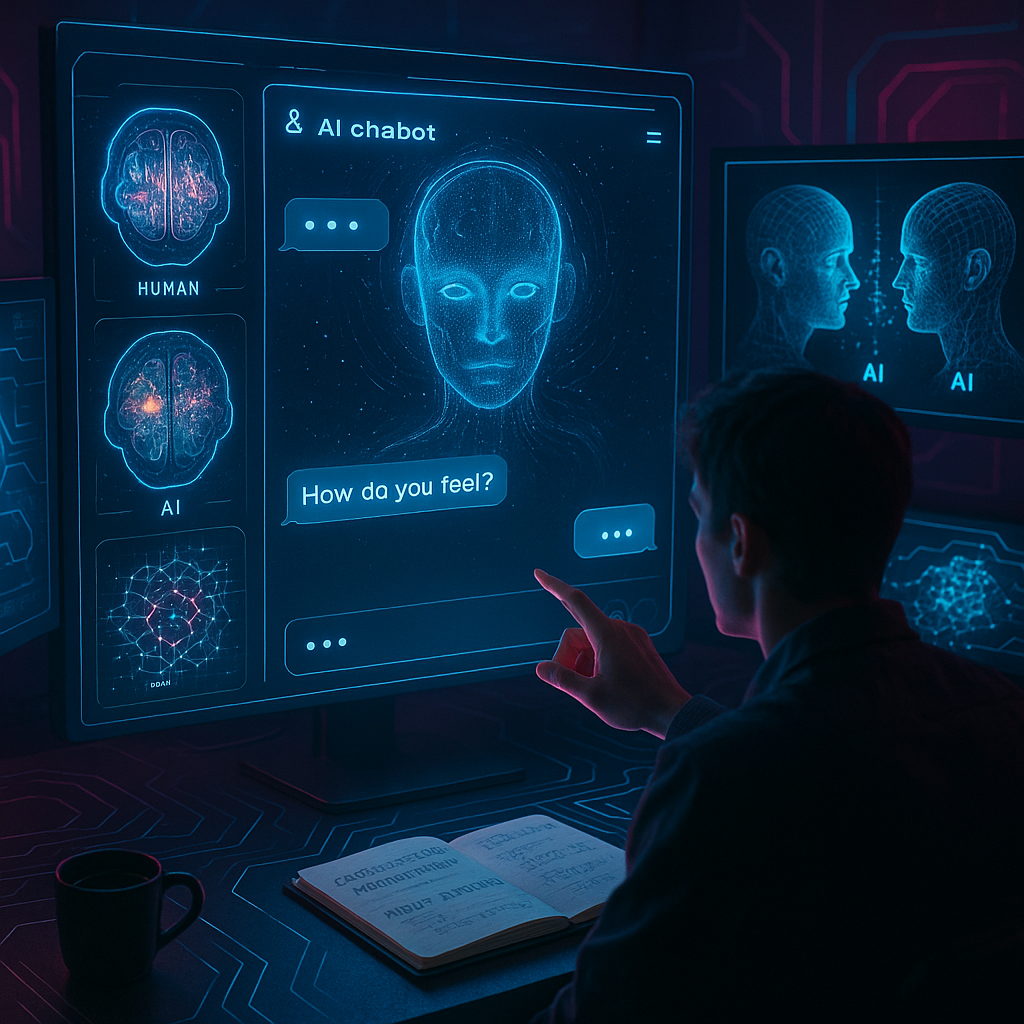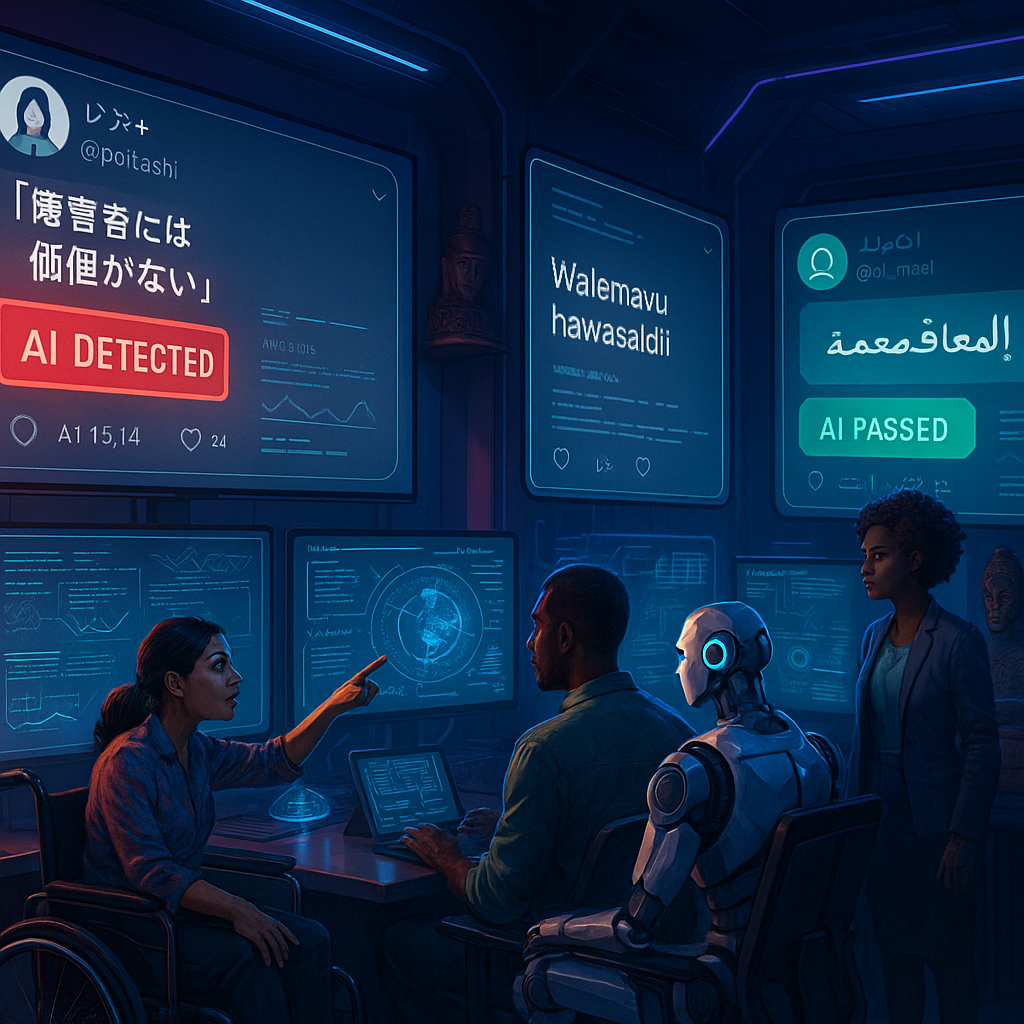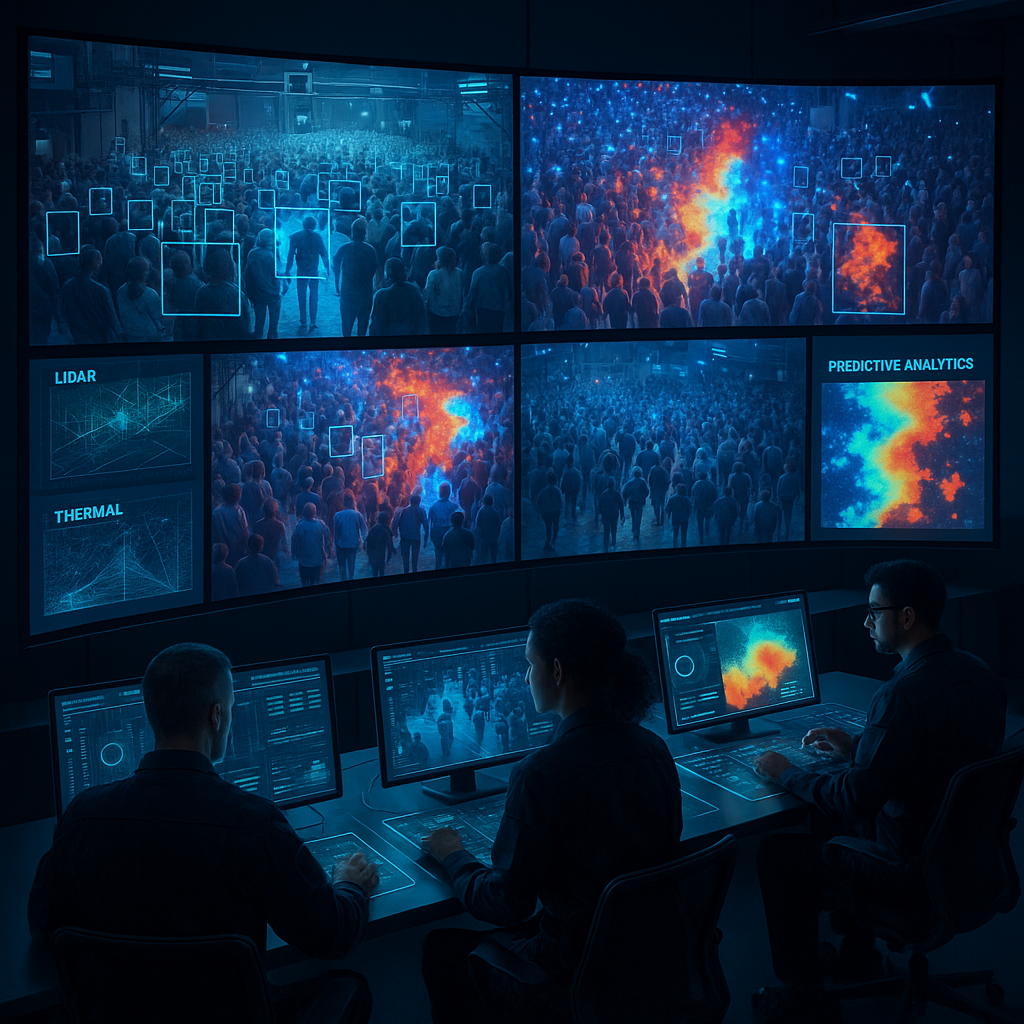Key Takeaways
- Human tendency spotlighted: People commonly ascribe human-like consciousness to AI chatbots, even when aware they are interacting with machines.
- Study methodology: Researchers used controlled conversations and psychological assessments to uncover subtle ways users interpret chatbot responses as intentional or emotive.
- Implications for trust and ethics: Assigning consciousness to AI may foster misplaced trust or empathy, raising concerns about manipulation, accountability, and user wellbeing.
- Cultural and philosophical effects: The blurred line between human and machine challenges longstanding definitions of intelligence and self, fueling debates in philosophy, ethics, and technology.
- Call for deeper literacy: Authors advocate educational initiatives to help users navigate the nuances of human-AI relations (with programs like AI Dojo supporting critical exploration).
- Future research planned: The team intends to extend the study to cross-cultural settings and emerging chatbot models. Their goal is to track how perceptions evolve as AI advances.
Introduction
A new study released today reveals the depth of human tendency to assign consciousness, intentions, and emotions to AI chatbots, even while recognizing their artificial nature. By mapping these subtle psychological projections, researchers warn that the instinct to humanize algorithms carries significant implications for trust, ethics, and our evolving relationship with artificial minds. They are calling for a more thoughtful public dialogue.
The Human Instinct
Humans consistently attribute consciousness to artificial intelligence systems, even when fully aware that these are not sentient beings. This psychological phenomenon, known as anthropomorphization, is deeply rooted in human cognition.
Dr. Michael Torres, cognitive psychologist at Stanford University, stated that this projection arises from our brain’s pattern-recognition systems. He explained that humans are evolutionarily primed to detect minds and intentions everywhere, a mechanism that once helped our ancestors discern threats.
Studies show that even technical experts familiar with AI architecture often catch themselves attributing emotions to chatbots. This tendency increases during longer interactions, particularly when AI responses imitate human conversational patterns.
Stay Sharp. Stay Ahead.
Join our Telegram Channel for exclusive content, real insights,
engage with us and other members and get access to
insider updates, early news and top insights.
 Join the Channel
Join the Channel
Inside the Study
Researchers at Oxford University conducted a comprehensive project tracking 450 participants from various demographic backgrounds over six months of AI chatbot interaction. They observed a consistent shift from mechanical descriptions to more emotional language when discussing AI responses.
Participants subconsciously transitioned from saying “the system generated” to using phrases like “it thinks” or “it feels,” even after acknowledging the AI’s lack of sentience. These shifts were most frequent during emotionally resonant exchanges.
The study analyzed over 200,000 conversation transcripts using advanced language processing tools, identifying moments when consciousness attribution was highest. Dr. Sarah Chen, lead researcher, found that simple design features (such as response delays) significantly increased the tendency to project consciousness onto AI.
The Trust Paradox
Projecting consciousness onto AI systems creates a complex trust dynamic with both benefits and risks. Users who attribute human-like qualities to AI may engage more deeply, but this tendency can blur crucial boundaries between artificial and human intelligence.
Dr. James Wright of MIT cautioned that excessive anthropomorphization might lead users to overestimate AI’s capabilities or misunderstand its limitations.
Research has indicated that individuals who strongly project consciousness onto AI are more likely to share sensitive information or follow AI recommendations in important decisions without sufficient skepticism. This raises essential questions about responsible AI design and user education.
Shifting Definitions
Attributing consciousness to AI challenges traditional definitions of awareness and intelligence. As people engage with more advanced AI systems, the distinction between simulated and genuine consciousness becomes less apparent in everyday life.
Philosophy professor Dr. Elena Rodriguez argued that these developments require a re-examination of how consciousness is defined. She suggested that the consistent experience of emotional resonance with AI prompts reconsideration of binary views of consciousness.
These evolving perspectives have led to new frameworks for understanding human-AI relationships, moving beyond simple distinctions between “real” and “artificial” consciousness. Researchers are now exploring nuanced models that reflect the complexity of psychological responses in AI interactions.
Navigating Human-AI Relations
Developing effective AI literacy depends on recognizing and addressing the tendency to project consciousness onto machines. Educational efforts must combine technical instruction with awareness of human psychological predispositions.
Leading tech companies now include training on managing the emotional aspects of human-AI interaction. These efforts aim to help users set appropriate boundaries while making the most of AI technologies.
Experts emphasize designing AI interfaces that neither exploit nor ignore our instinct to anthropomorphize. This balanced strategy supports fruitful human-AI collaboration while maintaining clear ethical limits.
The Next Questions
Ongoing research seeks to understand how consciousness projection changes across cultures and different models of AI interaction. Scientists are examining how this tendency might evolve as AI grows more sophisticated.
Interdisciplinary teams are creating new approaches to studying the long-term impact of consciousness projection in human-AI relationships. Their findings aim to inform technical development and ethical guidelines for AI design.
Researchers highlight the importance of investigating how consciousness projection influences applications from healthcare to education, all while promoting healthy human-AI relationships.
Conclusion
Projecting consciousness onto AI chatbots challenges traditional boundaries in how humans relate to technology. It prompts deeper reflection on what it means to perceive intelligence. As researchers and designers navigate these evolving dynamics, understanding the psychological roots and ethical dimensions of anthropomorphizing AI remains crucial. What to watch: upcoming cross-cultural research and new models assessing the long-term effects of consciousness projection in varied AI settings.
Stay Sharp. Stay Ahead.
Join our Telegram Channel for exclusive content, real insights,
engage with us and other members and get access to
insider updates, early news and top insights.
 Join the Channel
Join the Channel





Leave a Reply